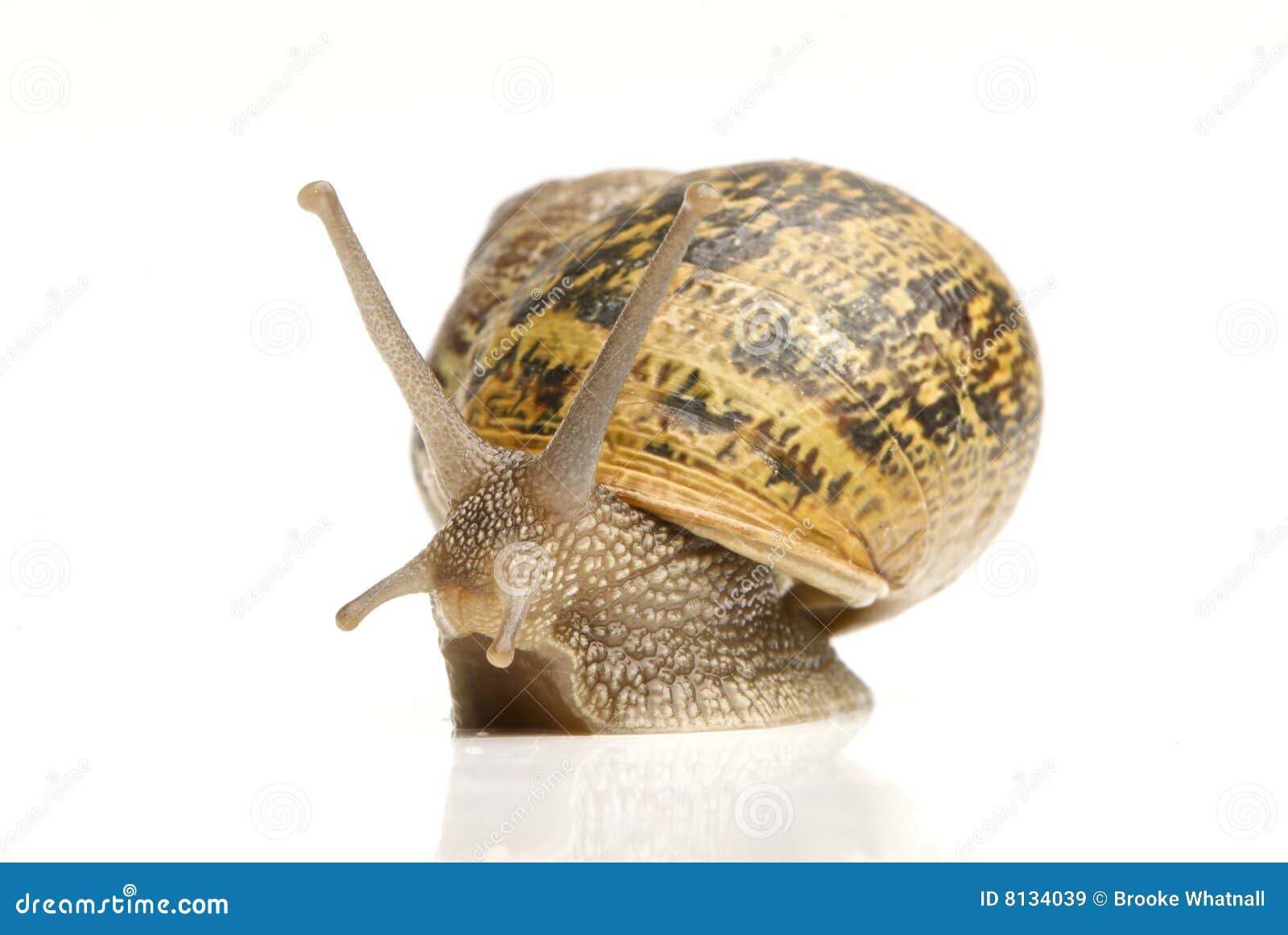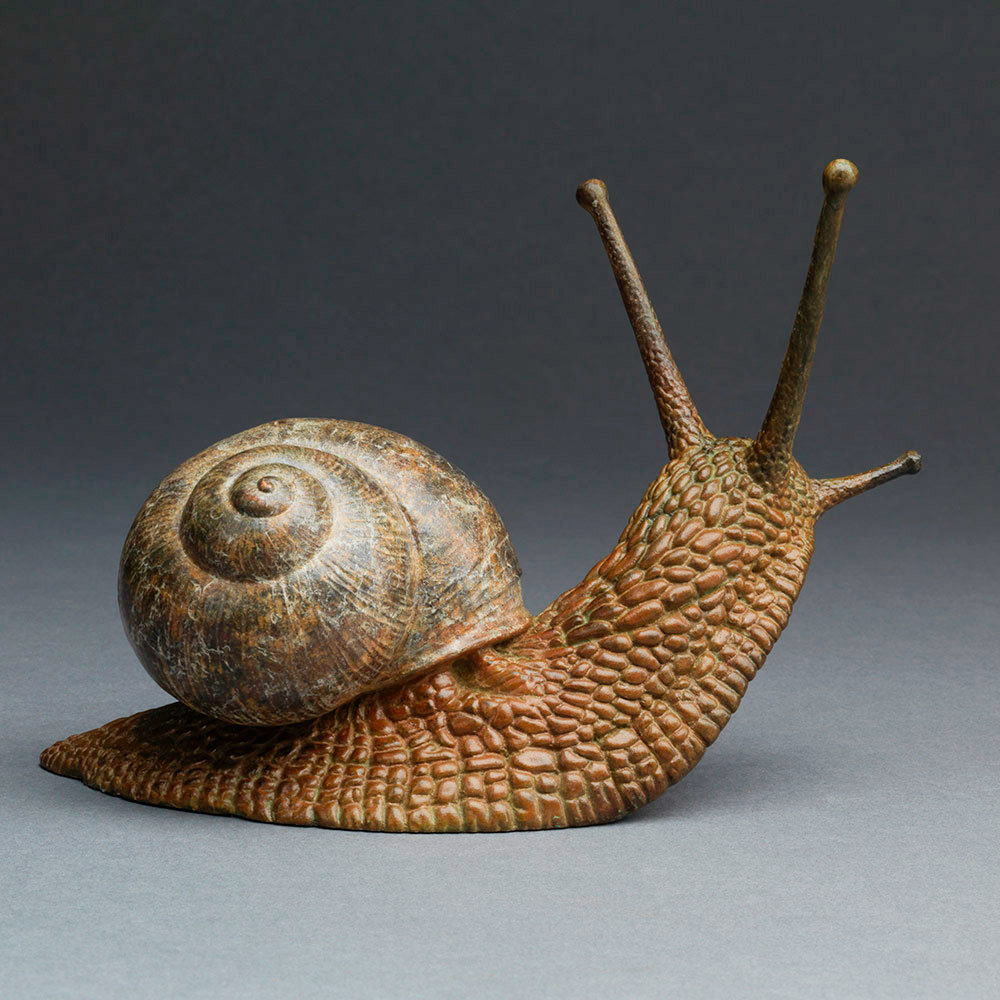

Dry weather may kill up to 90 percent of slug eggs and young per year. In addition, slugs are preyed upon by omnivorous slugs such as the spotted garden slug. Sciomyzid flies and nematodes also parasitize slugs. Slugs can withstand brief periods of immersion under water, although they drown after several hours.īirds (up to 6 percent of the diet of starlings), ducks, moles, toads, shrews and carnivorous ground beetles, rove beetles, and firefly beetles feed on slugs.


As the breezes become more brisk, the slugs turn away from the source evidently to escape dehydration. Gentle breezes elicit a positive response in which the slug turns toward the source and extends its antennae. Slugs are also sensitive to air currents. Slugs try to escape from temperatures higher than 21☌. Slugs can withstand slight freezing temperatures although their tendency to take shelter in cold weather protects them from freezing. Slugs are very sensitive to ambient temperature and can detect temperature changes as gradual as 2☏ per hour! Slugs prefer to remain at 17 to 18☌ although they lay eggs and develop normally (but slower) at lower temperatures. Thus slugs may be active during the day after a cooling shower as long as the temperatures decline or remain steady. As temperatures start to fall, slugs actively begin foraging. As temperatures rise, slugs crawl down to their hiding places on the soil surface to rest and absorb water through their skin. Slugs are apparently not repelled by light, but are repelled by rising temperatures. It took over three years for the snail to be eradicated from the premises.Īs the slugs mature, they become functional males and then true hermaphrodites (self fertilization has been observed in some species). The grower was then required to have all outgoing shipments inspected for the snail and to begin eradication treatments. One year later the snail was found in a routine inspection by the Department of Agriculture. For example, in a greenhouse complex in Maryland where the brown garden snail was detected as plant material was being unloaded, the grower took no action. Failure to take quick action before the slugs or snails become established at the facility can be costly. If live snails or slugs in the plant material are noticed, the local Department of Agriculture inspector should be called immediately. Growers need to examine the plant material as it arrives at the facility. Movement of plant material facilitates the dispersal of these pest snails and slugs. Whenever the plant damage done by snails and slugs is easily observable, it has been determined the live weight of the slugs infesting the area may be around 70 pounds per acre! Slugs and snails may consume several times their own body weight each night damage can be serious within a short time. Slugs are able to crawl over the sharp edge of a razor blade without harm. Slugs and snails leave silvery slime trails on the ground and over plants. Slugs and snails are usually nocturnal so their damage is noticed before the pests are. Eradication and control of slugs and snails is difficult and costly. In many places, slugs and snails have caused as much damage as insect pests. The introduced slugs and snails are usually gregarious and may cause serious damage as they build up large populations in a local area. With few exceptions, native species are solitary in habit and do little or no damage. Most of these have been introduced accidentally. Slugs and snails are in a subgroup called the Gastropoda, the members of which have a head, a ventral muscular foot, and a shell (internal in slugs and external on snails).Īpproximately 725 species of land snails and about 40 species of slugs are now known from North America. Their damage to ornamental plants resembles that done by caterpillars or wireworms. The slugs and snails are much like some insects in their biology. Mollusks are a large and diverse group of animals of worldwide distribution. Slugs and snails belong to the phylum Mollusca and are more closely related to octopi than insects.


 0 kommentar(er)
0 kommentar(er)
